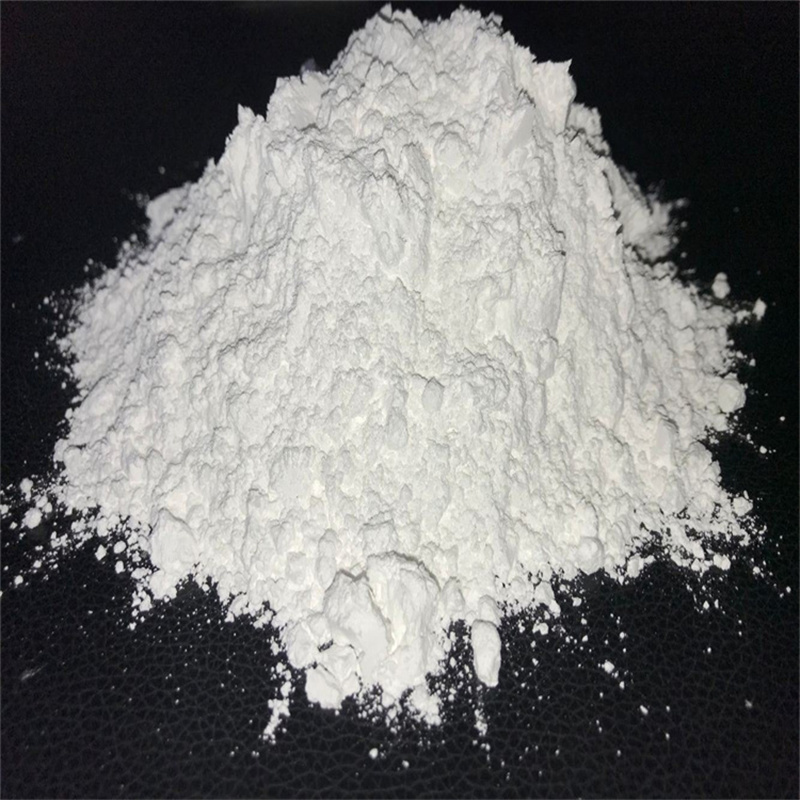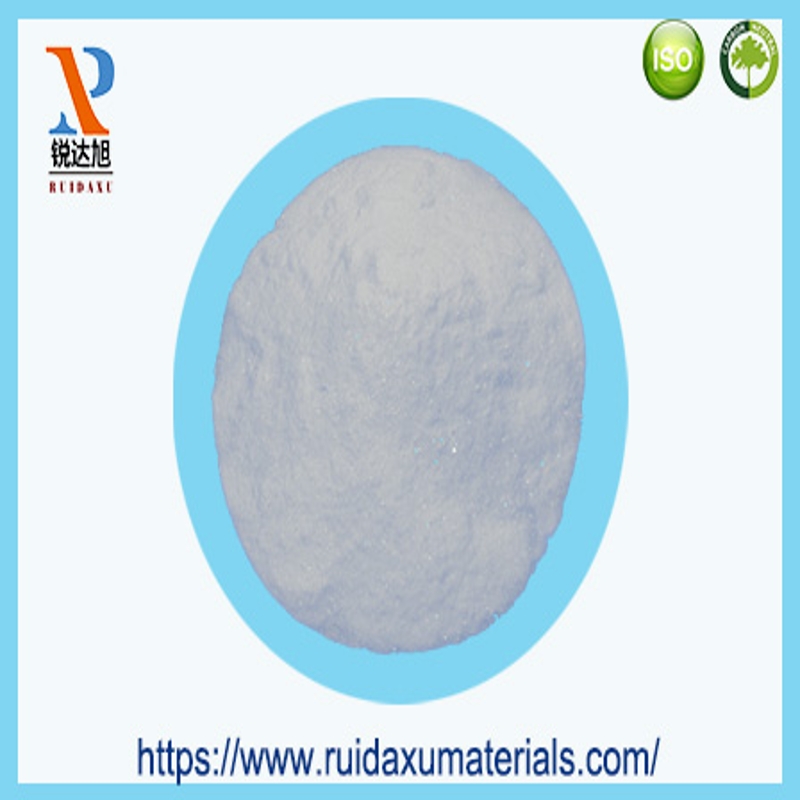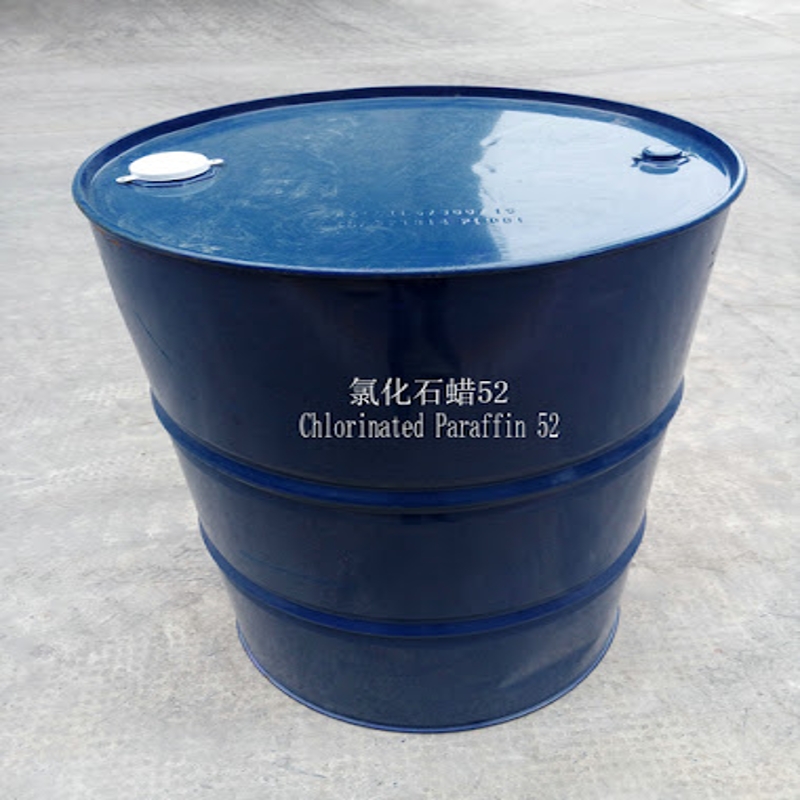-
Categories
-
Pharmaceutical Intermediates
-
Active Pharmaceutical Ingredients
-
Food Additives
- Industrial Coatings
- Agrochemicals
- Dyes and Pigments
- Surfactant
- Flavors and Fragrances
- Chemical Reagents
- Catalyst and Auxiliary
- Natural Products
- Inorganic Chemistry
-
Organic Chemistry
-
Biochemical Engineering
- Analytical Chemistry
-
Cosmetic Ingredient
- Water Treatment Chemical
-
Pharmaceutical Intermediates
Promotion
ECHEMI Mall
Wholesale
Weekly Price
Exhibition
News
-
Trade Service
4 Application of resting angles in coatings
4.1 Effects of resting angles on coating dispersion
dispersion refers to the performance of solid particles dispersed into water or other uniform media as fine particles suspended in the dispersed medium without precipitation. Coatings in the preparation of a variety of ingredients need to be added, of which the liquid components are mostly organic reagents, and solid components are mainly titanium dioxide, therefore, titanium dioxide in the paint dispersion directly determines the use of the paint effect.
as one of the main physical properties of titanium dioxide, the resting angle has an important effect on dispersion in coatings, and it is generally believed that when the resting angle is low, the particle size of titanium white powder is thicker and the moisture content is lower. When the particles are coarser, the surface area of the titanium white powder monosome increases, the surface unevenness is enhanced, and the three-phase interface is easy to produce when stirring, as shown in Figure 6. Bubbles through the role of between molecules attached to the surface of the particles, so that the overall buoyant rise, resulting in an upward trend, while the particles without bubbles have a downward trend, resulting in polarization, so that titanium dioxide particles can not be evenly distributed in solvents, dispersion is affected. Therefore, the lower the resting angle, the more conducive to the dispersion of titanium dioxide particles in the coating.4.2 Effect of resting angle on coating abrasiveness
In the process of coating production, it is necessary to grind large particulate matter with special grinding equipment, grinding force mainly has shear force, extrusion pressure and so on. It is generally believed that the larger (smaller resting angle) of titanium dioxide particles require more grinding time, the material is less abrasive, therefore, reducing the original granularity of titanium dioxide particles helps to improve wearability. However, the smaller the particle size, the larger the surface area, the more unstable keys exposed to the surface, when the particles contact each other will produce the phenomenon of reunion, the finer the particles, the more serious the phenomenon of reunion, the industry is called "re-coarse". Therefore, the particles of titanium dioxide should not be too fine, should be judged in advance by the resting angle, usually the best resting angle at about 40 degrees.
4.3 Effect of resting angle on gloss of coatings
The requirements of coatings for gloss vary depending on the application, high gloss coatings require a higher gloss, while low-gloss and matte coatings generally require gloss of less than 20% (60 degrees). Gloss adjustment on the one hand requires a change in grinding time or strength, on the other hand, it requires changes in the physical indicators of titanium dioxide, such as the need for high-gloss coatings, the need to extend grinding time or increase grinding strength, can also be used high-gloss titanium dioxide. According to the general law, under the same production conditions, the greater the resting angle of titanium dioxide, the higher its gloss, which is due to the inverse ratio of the resting angle to the particle size of titanium white powder, and the particle size is positively related to the gloss. Therefore, the relationship between resting angle and gloss can be used to judge the production situation.
4.4 Effect of resting angle on the development of coatings
Resting angle as the most basic physical performance of titanium dioxide, the size of its value and titanium dioxide particle size distribution, component content, oil absorption, whiteness, gloss, cover, solubility and other parameters have a clear correspondence, and these parameters of titanium dioxide is the main factor affecting the performance of the coating, therefore, titanium white powder resting angle on the paint is a number of factors. At present, many special coatings, such as nano-coats, energy storage luminescent coatings, elastic exterior coatings, these coatings and resting angle has a great relationship. Therefore, the principle of rest angle and other physical amounts of titanium dioxide are closely related to the development of new coatings and coatings.5 conclusion
through the above experiments and analysis of the resting angle theory and abstract model, we can get the following conclusions.
(1) the two crystal types of titanium dioxide have a certain effect on the resting angle, the sabbath angle of the redstone type titanium white powder is slightly higher than the sharp titanium type.
(2) particle size can also affect the resting angle of titanium dioxide, the smaller the particle resting angle, mainly because small particles can make full use of space, so that the particles are closer together.
(3) the higher the water content, the greater the resting angle of titanium dioxide. The increase in moisture content mainly makes the surface of titanium dioxide wrapped in a layer of hydration film, hydration film has a strong viscosity characteristics so that the particles are closely connected.
(4) organic surface treatment can change the surface properties of titanium dioxide, different organic treatment agents on the resting angle of different effects.
(5) The generation of rest angle is mainly determined by the force of particles on the slope, titanium dioxide particles along the slope facing down the force is greater than the upward force when the resting angle becomes smaller, and the opposite rest angle increases..







